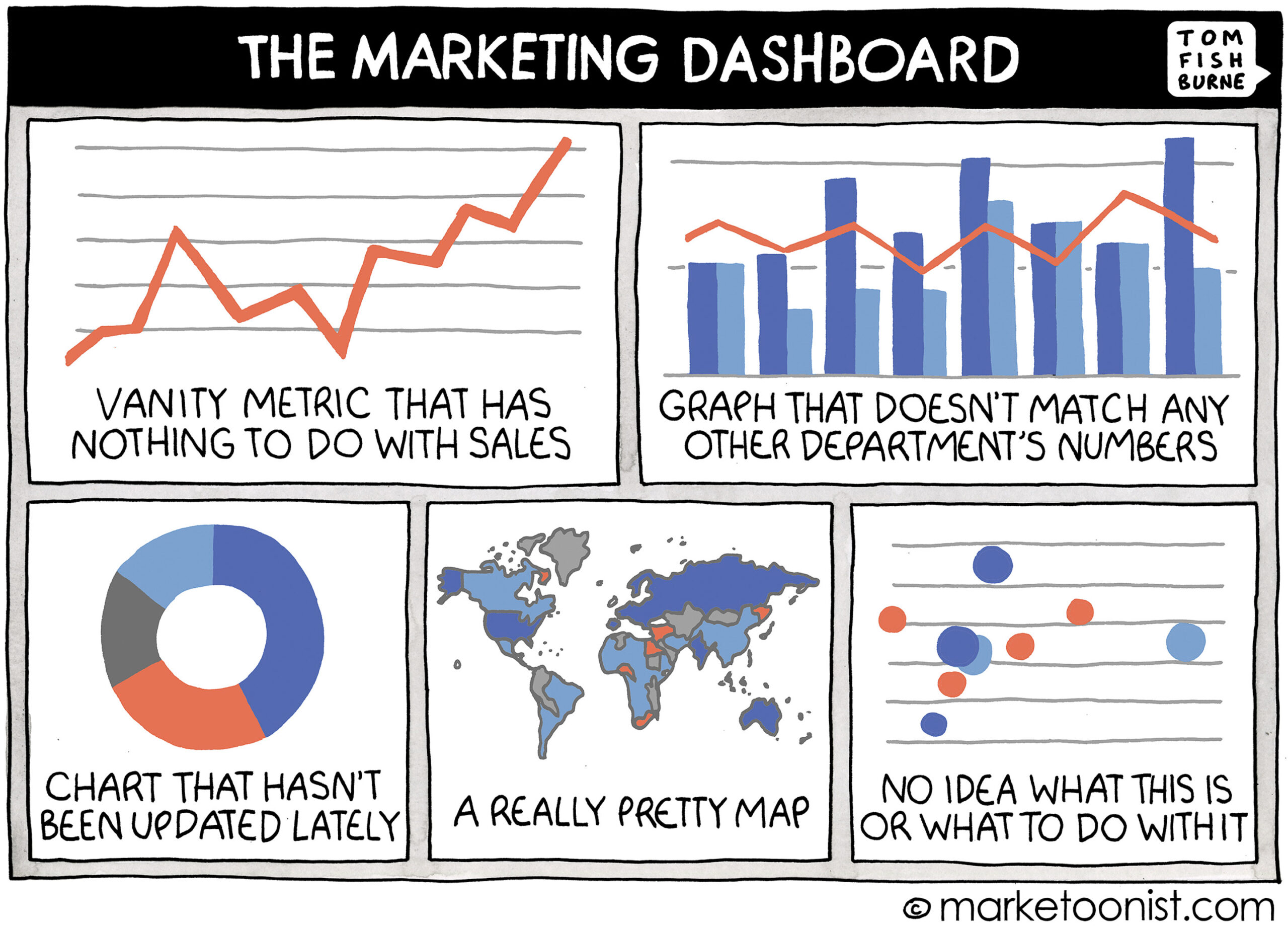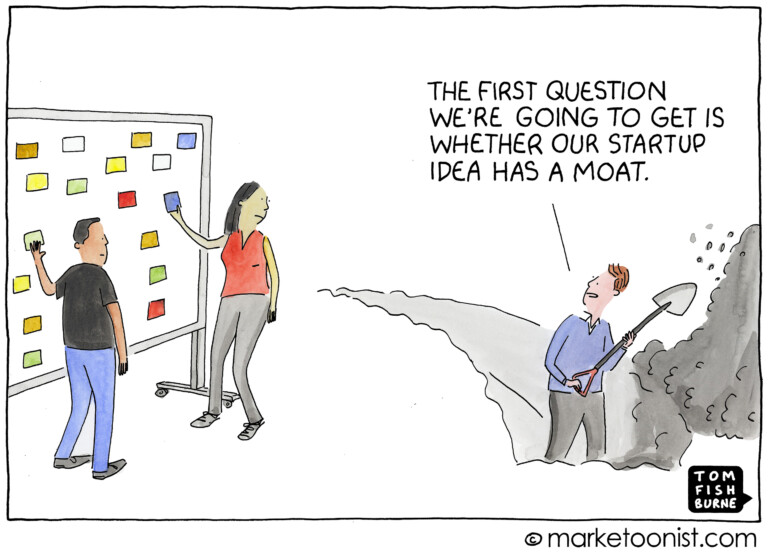I’ll spare you the history lesson here (but it’s worth checking out) – the Fibonacci numbers are a sequence of numbers that look like this:
0 1 1 2 3 5 8 13 21 34 55 89 144 233 377 (going on to infinity)
See the pattern?
0+1 = 1
1+1 = 2
1+2 = 3
2+3 = 5
3+5 = 8
And on we go.
“So what,” you say, “is that it?”
Well, no actually, that’s not it!
It turns out, hidden in this sequence is what is called the “Golden Ratio” (PHI) – (also worth a Google!)

When you divide a Fibonacci number by the one behind it, you get a 1:1.6 ratio and it stays the same FOREVER.
Basically, the world as we know it follows the Fibonacci sequence and the Golden Ratio.
The principles of this equation are found everywhere you dare look…
…in nature, architecture, the helix of DNA, musical scales, alignment of planets, storms, tornadoes, flowers, plants, ocean waves, the Pyramids of Giza, the Parthenon in Greece, the paintings of Michelangelo and Da Vinci, the entire human body, our heart-beat pattern, and the list goes on!
The Golden Ratio also plays a major role in design – GOOD design follows the Golden Ratio.
In fact, everything that follows the Golden Ratio flourishes.
The Golden Ratio is 1:1.6
I’ve been thinking long and hard about how this ratio can be applied to marketing – is there a secret formula to be found here that could save the marketing World as we know it?
When I asked Yoda (that’s my term for Google) I found a couple of interesting things…
…the stock market and traders use Fibonacci numbers as technical indicators…
…a few marketing buzzards have tried to apply the Fibonacci sequence to email drip campaigns and email sequencing (1st email on day1, then another on day 1, then another on day 2, then another on day 3.)
Really?
Harsh reality – if you just “say it,” some people will actually “believe it.”
I’m not done with Fibonacci or the Golden Rule – I’m going to solve this marketing equation once and for all and I’ll report back soon with my results.
Pattern Interrupts
Ironically, pattern interrupts are what work best in marketing.
Pattern interrupts are how you keep people…
…watching movies for 2 hours so they don’t get bored…
…read books…
…listen to radio ads…
…engage with marketing messaging.
In a wild twist of fate, the pattern is the interrupt.
Get it?
There is a story about a legendary marketer and best-selling author who used to study Hollywood movies to see how they developed stories, characters, etc.
He noticed patterns.
One was the pattern interrupt.
In one movie, Lethal Weapon, he found a pattern interrupt every120 seconds – where something would happen out of the blue (think sudden explosion) so that people would “reset engagement” and be on the lookout for “what’s coming up next?”
It works like a charm in marketing.
Give it a try and see if works for you.
Marketing Mathematics
Mathematics is the study of patterns.
And mathematics is not just about solving X, it’s also figuring out the whY.
Marketers also like patterns, formulas, metrics, equations, and ratios – it keeps them authoritative when they recommend them.
But they don’t work magic like Fibonacci.
Marketers like to solve X, but rarely figure out whY.
Let’s go back to the pattern interrupt.
Doesn’t it make more sense to figure out the whY before solving X?
Maybe we can use the Golden Ratio here as well.
Let’s apply the 1:1.6 ratio.
We’ll devote 1.6 of our time, energy, and effort to the whY, and 1 to the X.
That way, we’ll be in balance and equilibrium.
And please, pardon my interruption.
Stay unruly ~


